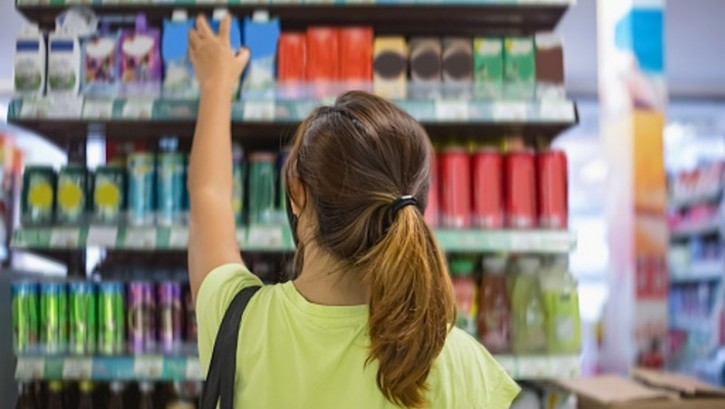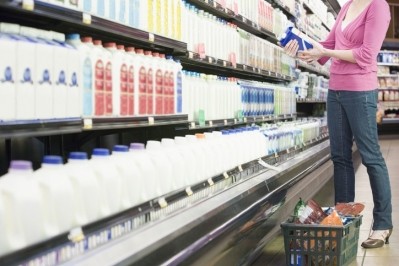Tetra Pak Exclusive Part I: How localisation in packaging can drive purchases in APAC

In the first part of our exclusive interview with Tetra Pak Global VP of Marketing Julia Luscher, she highlighted that culture and local context are exceptionally important in packaging design due to the vast diversity the region.
“In a market such as China for example, we know that it is very important to have clear marketing themes here on product packaging that are beautiful, attractive and all-round captivating to consumers to get them to choose these,” Luscher told FoodNavigator-Asia after speaking at the Food and Beverage Innovation Forum (FBIF) in Shenzhen, China.
“So beauty is definitely a crucial factor here – and to obtain this understanding it was important for us to also have a clear understanding of local themes in general, and to speak to consumers and retailers and manufacturers and more to get the real feel, which of course means the necessity to have local fingers on the pulse here for the trends.
“This is the same across the many markets we are in, and it has helped us to recognise what works across the various markets in APAC too as these can be very, very different – a good example here is in Malaysia, which is clearly within the same APAC region, but consumers tend to not gravitate towards this sort of packaging at all.
“Instead, what tends to work well here is packaging that is more old-fashioned and classic – we realised that if the packaging is too shiny or luxurious-looking, consumers may not buy this even if they are interested in the product itself, so we have instead developed packaging here that fits consumer spending habits.”
In addition to conforming to such cultural nuances, Tetra Pak has also had to navigate packaging design around increased consumer demands for locally-relevant materials, particularly with the general rise in awareness around provenance and traceability.
“The COVID-19 pandemic really played a big part in consumers becoming more aware of all the issues that came along with closed borders, which has led to them showing higher preference for local-sourced products and materials,” Luscher added.
“This means that provenance and transparency are becoming very big things including here in APAC – which also calls for more information to be shared on and off pack.
“This can potentially be a big opportunity for food and beverage brands to establish a stronger connection with consumers via the packaging - even the plainest of packaging designs can stand out on-shelf via techniques around shape, topside design, messaging and more.”
Personalisation coming in for cartons
Consumer connection can also be established via personalisation strategies, which Luscher said is getting increasingly popular as consumers seek this out.
“With the use of digital printers, there are many layers of personalisation that can be applied to product packaging at almost any time,” she added.
“Take a special event such as the Olympics as an example - it would be something that manufacturers could easily take advantage of to have a food or beverage carton printed with both the Olympic logo, their logo as well as the consumer’s name on it, which would have a strong personal connection for them.
“The use of digital printing for personalisation has already been used in the canned beverages industry especially for a while, and if you really think about it there is just as much if not more potential for cartons to follow – one could even argue there is even more billboard space available on a carton for such personalisation.”
Join us in Part II of this interview with Tetra Pak to find out more.























